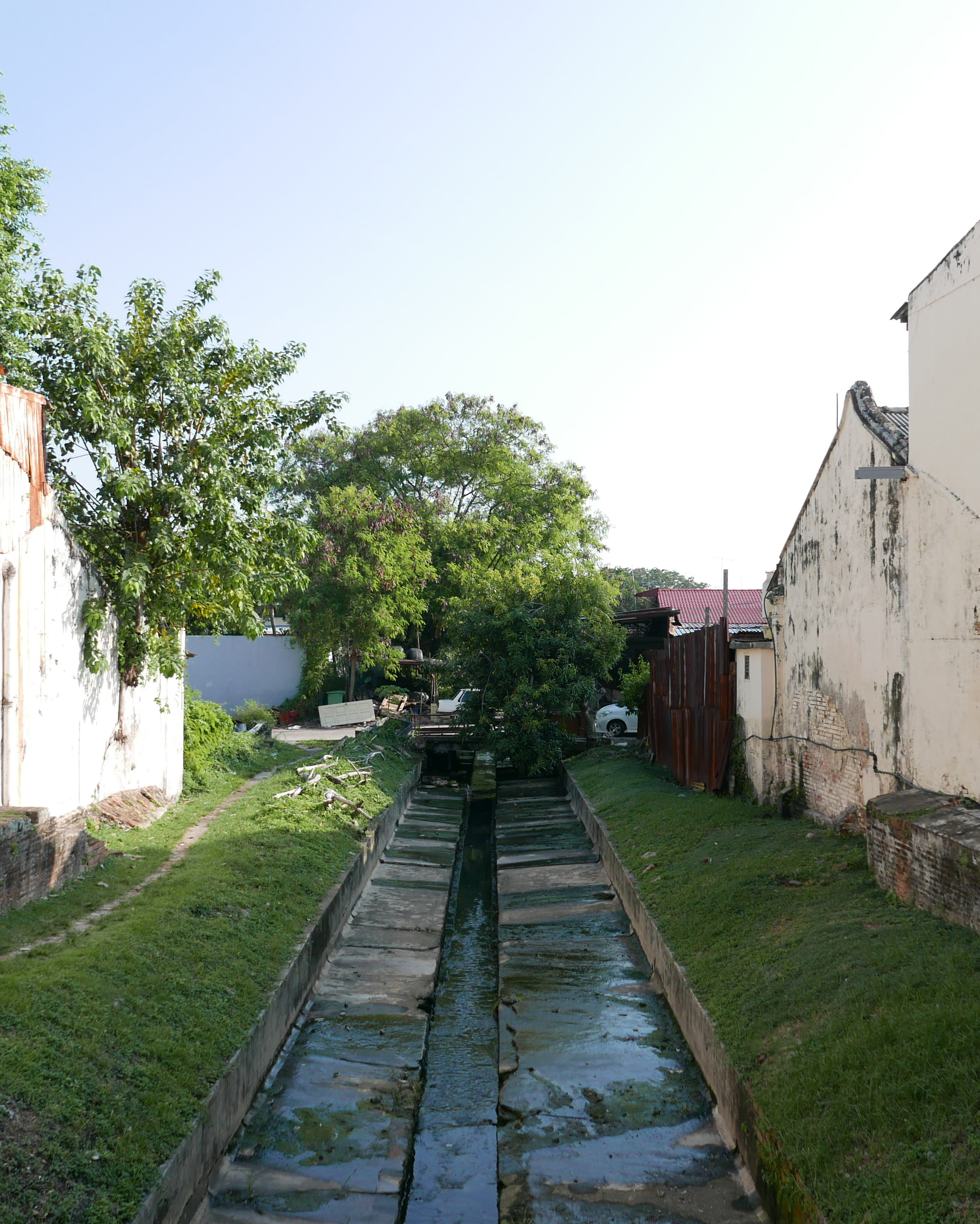

Downloads
DOI:
https://doi.org/10.58981/bluepapers.2023.2.10Published
Issue
Section
License
Copyright (c) 2023 Queenie Lin

This work is licensed under a Creative Commons Attribution 4.0 International License.
How to Cite
Abstract
Dutch engineers are well-known for their skillful water management, best exemplified in the meticulously designed canals, irrigation and drainage systems, reservoirs, wells and moats that characterize both the Netherlands and places abroad where they have been active. Many of these structures that exist outside the Netherlands and were created by the Dutch East India Company (Verenigde Oostindische Compagnie, VOC, between 1602-1795) in Asia remain understudied. This article identifies and revisits these forgotten and often vanishing water structures through both archival and field research in Dutch Malacca and Ceylon. It explores the ways in which water management interventions during the VOC period recognized and made use of built-upon local wisdom, systematically adapting environmental knowledge into Dutch technology and governance to improve living in the tropics for both the Dutch and the local hybrid communities. Dutch water structures from the VOC period in Malacca in contemporary Malaysia and present-day Sri Lanka are examples of VOC approaches to tackling challenges in tropical environments. These historic sites – including heritage sites, some of which are recognized as UNESCO World Heritage properties – can be informative about how to adapt to current climate situations, both in terms of spatial structures and in terms of intangible practices, including cultural wisdom derived from strategies developed by the Dutch and from interactions between Dutch and local hybrid communities.
References
Bremner, M. J and C. O Blagden. 1927. “Report of Governor Balthasar Bort on Malacca 1678.” Journal of the Malayan Branch of the Royal Asiatic Society, Vol. 5, Part. 1, no. 99: 1–232.
Brohier, Richard Leslie. 1978. Links between Sri Lanka and the Netherlands: A Book of Dutch Ceylon. Colombo: Netherlands Alumni Association of Sri Lanka.
De Witt, Dennis. 2007. History of the Dutch in Malaysia. Selangor: Nutmeg Publishing.
Gioia, Maria Estefania. 2022. “World Heritage Discourses and the Potential of Conceptualizing Water.” Blue Papers, 1, no. 2: 42–49. https://doi.org/10.58981/bluepapers.2022.2.04.
Oers, Ron van. 2000. Dutch Town Planning Overseas during VOC and WIC Rule (1600-1800). Zutphen: Walburg Pers.
UNESCO. 1988. “Old Town of Galle and its Fortifications.” https://whc.unesco.org/en/list/451/.
UNESCO. 2008. “Melaka and George Town, Historic Cities of the Straits of Malacca.” https://whc.unesco.org/en/list/1223.
Wellmer, Hella, 2000. “GALLE - A Geomedical Approach to a Coastal Town in Sri Lanka (Ceylon).” Ceylon Journal of Medical Science 43, no. 2: 35–50. https://doi.org/10.4038/cjms.v43i2.4873.
Widodo, Johannes. 2011. “Melaka: A Cosmopolitan City in Southeast Asia.” Review of Culture 40. https://scholarbank.nus.edu.sg/handle/10635/193810.


